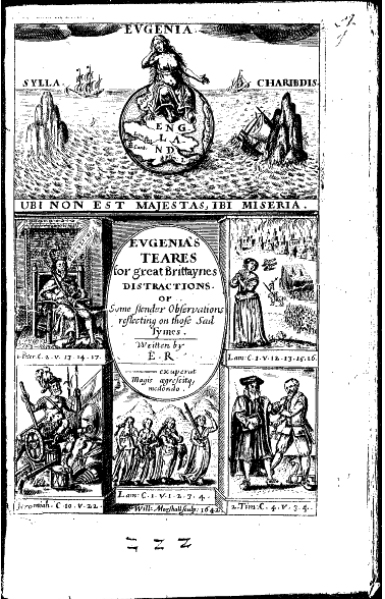
Image 16. Ephelia’s ‘Eugenia’ and Queen Henrietta Maria

Presenting William Marshall’s profusely iconographic title-page for Eugenia’s Teares for great Brittaynes
Distractions. Or
Some slender Observations reflecting on those Sad Tymes. Written by E.R. [Edward Reynolds, 1599-1676]. London: Wm
Sheares,
1642; 8vo; Wing 1247. © British Library Board. All Rights Reserved. Shelfmark 4106.aa74. With kind permission, 13th February
2004 (Sandra Powlette, Permissions Manager, British Library). Image, Early English Books Online, with permission
(January,
2008; Jo-Anne Hogan, Product Manager, EEBO/ProQuest, Chadwyck-Healey). Edward Reynolds was Bishop of Norwich and a Royal
chaplain; see Ian Atherton, Oxford DNB (2004). The visual imagery of Marshall’s engraved title-page explicitly
associates
England with a distressed Eugenia (Image 1), thus linking the name Eugenia (“high-born”, “noble-born”) with England’s troubled
queen at this time: Henrietta Maria, the obvious candidate for the “excellent”, “commanding”, and “honoured”
‘Eugenia’
in
three verse-epistles in Female Poems…by Ephelia (London: Wm Downing for James Courtney, 1679, 1682). The
bare-breasted
depiction of the Queen accords with Classical images of female lamentation (cf. Mengin’s famous image of a distraught
Sappho)
and also with the history of St Eugenia, an early Christian martyr. Charles I, crowned and seated, with orb and sceptre, is
presented as Image 2 on this title-page. See Margery Corbett & Michael Norton, Engraving in England in the Sixteenth &
Seventeenth Centuries (1964), No. 226, p 179.
